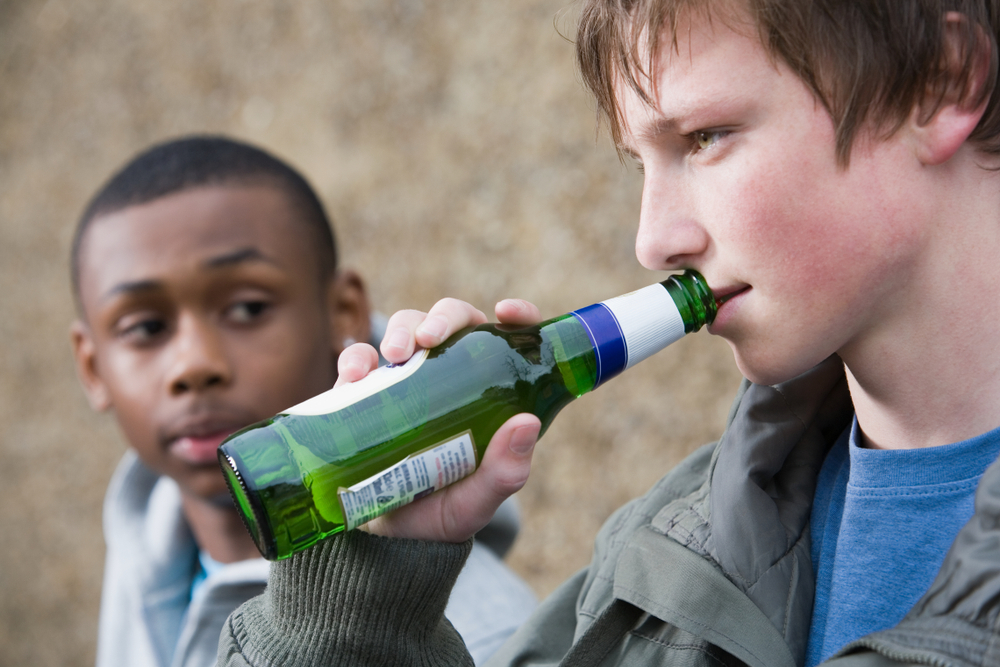Adolescence is a transformative time with sexuality emerging as a natural part of development.
However, navigating this new aspect of life can be complex for both teens and their parents. In this post, we’ll delve into understanding teen sexuality and exploring effective strategies for parents to engage with their children on this important topic.
Teen sexuality is a significant part of development that deserves meaningful guidance from caregivers.
As curiosity in their bodies and relationships increase during puberty, teenagers need a supportive environment to discover and express themselves healthily. However, this also requires careful establishment of boundaries to ensure their safety and well-being.
Through open communication and by setting clear expectations, parents can proactively assist their children in their sexual discovery.
We’ll cover the intricacies of adolescent sexuality, provide tips for initiating important conversations, and offer advice on setting age-appropriate boundaries. The overall aim is to demonstrate how parental involvement can help guide teens towards making informed decisions.
Understanding Teen Sexuality
Adolescence brings about profound physical, emotional and psychological changes. At the same time, relationships and intimacy take on new significance. It’s perfectly normal for teenagers to explore their sexuality as their identities continue to develop. However, navigating emerging desires while respecting oneself and others requires careful guidance.
Internally, hormones produce new sensations and urges. Cognitively, abstract thinking allows consideration of more ideas and possibilities.
Socially, peer influence and the need for acceptance grow strongly. The combined effect can leave teens feeling confused and wondering how to make sense of it all. Without proper contextualization, this period of flux carries risks of confusion, distress or vulnerability to exploitation.
Developing brains lead to increased sensation-seeking and reward-driven behavior during this stage. Teenagers prioritize short-term gratification without fully weighing long-term consequences. They’re also more susceptible to peer pressure due to a need for social affiliation. All these factors shape how sexuality manifests for them.
A study by the Guttmacher Institute on adolescent sexuality reveals additional insightful trends. It found that most teens become interested in romantic relationships before any sexual experiences. Their motivations are fulfilling emotional needs more than just physical gratification.
Further, open parent-child relationships where sexuality discussions are commonplace often correlate to fewer risks like unintended pregnancies or STDs.
Understanding the layered nature of teen sexuality is key to empathetically guiding them through this transition. Overall, a balanced perspective recognizes its normalcy within appropriate developmental boundaries.
Communication Strategies
Establishing trusting communication lines forms the bedrock of healthily navigating sexuality topics. However, bringing them up requires sensitivity as teens may feel awkward or resistant. It’s best to initiate casual, low-pressure discussions during informal activities like driving, cooking or playing games.
Some helpful suggestions include:
- Ask open-ended questions to understand their thoughts versus interrogating. Maintain non-judgmental attentiveness to encourage honesty.
- Find teachable moments in daily life or media to naturalize conversations instead of sudden formal talks.
- Use correct terminology to normalize discussion while avoiding embarrassing them. Clarify meanings to counter confusion from incorrect sources.
- Lead with expressing caring versus control. Prioritize understanding over reaction to earn their perspective without defensiveness.
- Share appropriate parts of your experiences at their age to relate and convey sexuality as a normal exploration.
- Direct teens to credible resources like books or websites for private learning on sensitive topics instead of relying only on peers.
Creating an ongoing dialogue builds comfort over time. Don’t expect changes overnight; appreciation and patience are key to informative discussions done right. As this resource on navigating consent discussions with adolescents explains, an empowering approach respects bodily autonomy.
Setting Boundaries
While sexuality is a private matter, reasonable parameters keep teens safe during vulnerable periods. Consider their evolving capacities before setting rules, which must balance guidance and trust. Discuss expectations respectfully versus dictating them.
Some age-appropriate boundaries could include:
- No sexual activities before an emotionally mature age like 16-18 years. Explain risks of STDs, unintended pregnancy etc. without judgment or shaming.
- Private one-on-one meetings with romantic interests require parental knowledge of where and when versus sneaking around.
- Establish house rules around PDA, locking doors and appropriate clothing. Make exceptions for mature demonstration of judgment and responsibility.
- Monitor and restrict access to explicit content and situations unsuitable for their age online or offline. Have frank technological safety discussions.
- Develop a safety plan for handling uncomfortable advances, unsafe party situations or relationship pressures involving older peers.
- Warn of legal consequences of distributing sexual images of minors, also called sexting. As this source explains, nip such risky behavior in the bud through open communication before punishments become necessary.
Prioritize two-way understanding versus adversarial stances. If your teen thinks you are an enemy blocking them from doing something, they will likely figure out a way to do it without you knowing about it. This is risky, as if something goes wrong, your teen may not seek adult advice to avoid getting in trouble.
So exercise compassion and make room for natural mistakes during learning years. Overall, caring guidance versus restrictions works better for fostering healthy choices long-term.
Key Takeaways
Navigating teen sexuality calls for nuanced compassion from parents and caregivers. With proactive involvement through open communication and caring supervision, they can play a supportive role in their children’s healthy development. Rather than avoidance or harsh control, empathy and trust work to encourage responsible choices is the better choice.
Teens need help learning the importance of consent and responsible sexual practices, and it is up to parents, caregivers, and teachers to ensure teens get the right knowledge.
Teenagers deserve a protected space to privately discover intimacy in a developmentally suitable manner.
At the same time, reasonable boundary-setting protects their safety, consent and well-being. Finding the right balance requires ongoing education on modern adolescents and sexuality topics.
Does your family have healthy discussions about relationships, consent and pressures surrounding sexuality? How can caregivers continue improving communication to best guide their teens through this major transition? Parents who make the effort to understand rather than overreact are well-positioned to meaningfully shape their children’s journeys.
Overall, proactive education and empowerment seem most valuable for supporting optimal adolescent growth.











0 Comments